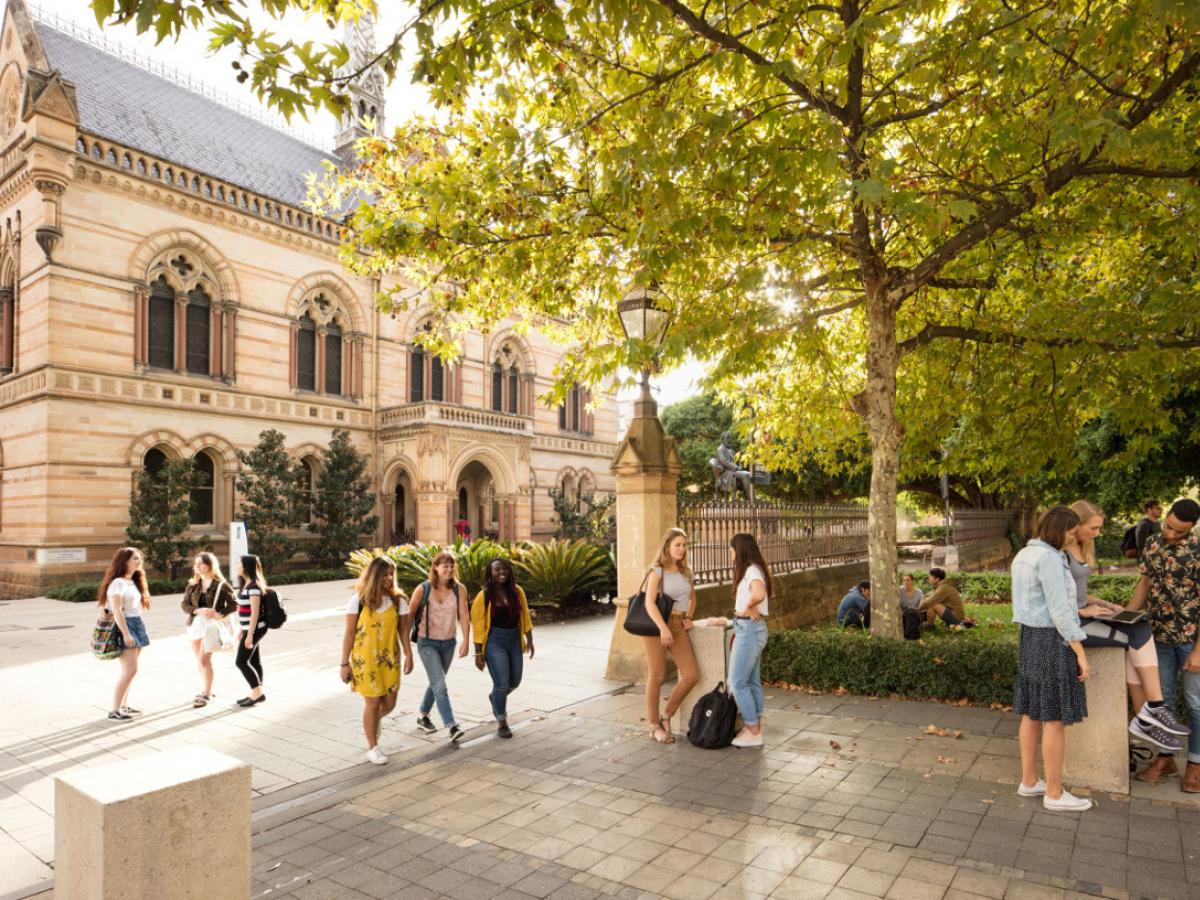Two University of Adelaide research projects aiming to improve the cultural safety of Australia's health system for First Nations people have been awarded Federal Government funding.

The Australian Government's Indigenous Health Research Fund (IHRF) has contributed $1.5 million to the projects, which will develop evidence-based racism-reduction training for hospital staff and medical students and identify structural changes required to foster an anti-racist dental health system.
"Australia's political, economic, and social systems, and health systems have been established based on western beliefs and ideals," said Associate Professor Odette Pearson, lead researcher on the racism-reduction training program.
"Up until the late '70s, Aboriginal and Torres Strait Islander people were discriminated against receiving healthcare in Australia due to their race, which led to the establishment of Aboriginal-specific primary healthcare services.
"These racial ideologies, born through colonisation, continue to be reflected and perpetuated, manifesting within current systems, structures, and in individual interactions, whether consciously or unconsciously.
"Racism of any kind has harmful effects on social, mental and physical health and well-being of individuals and population groups. Within healthcare, racism affects the way patients engage or disengage with the health system, by choice or not."
Associate Professor Pearson's project, An Australian cognitive-behavioural therapy informed racism reduction model, will develop a racism-reduction program for hospital staff and medical students that draws on evidence-based psychological principles.
It has been developed by Matt Pedler, a non-Indigenous psychologist and an investigator on the research team, who worked on the model during his years in clinical practice.
Associate Professor Pearson's research team will refine the model and implement and evaluate its effectiveness, based on information from participating hospital staff and medical student participants.
Cultural safety training is becoming more common in health provider training and professional development, but Associate Professor Pearson said it is unclear, in most cases, how effective the training is and improvements are still required.
"Our program is for administrative and clinical healthcare workers and medical students nearing graduation, taking them on a six-step learning and experiential journey using cognitive-behavioural-therapy techniques," said Associate Professor Pearson.
"We expect that by challenging racism, our model will provide the health workforce with the ongoing capacity to recognise and address racism. All people, individually and collectively have the ability to reduce racism.
"By strengthening institutional efforts to improve the cultural safety of healthcare systems, our project will lead to better health outcomes for Aboriginal and Torres Strait Islander people."
The second University of Adelaide project awarded, The mouth as an expression of racial injustice: Building the evidence to foster an anti-racist dental health system in Australia, will develop the evidence required for structural changes to occur in order to foster an anti-racist dental health system.
There were 26 research projects awarded funding through this round of IHRF grants, with a total of $30.8 million distributed.
Associate Professor Pearson said it is critical this research investment goes to projects led by Aboriginal and Torres Strait Islander people, with the support and guidance of consumers and communities.
"Dedicated funding for Aboriginal and Torres Strait Islander-led research will make a critical contribution to addressing health and wellbeing priorities identified by Aboriginal and Torres Strait Islander people," she said.






